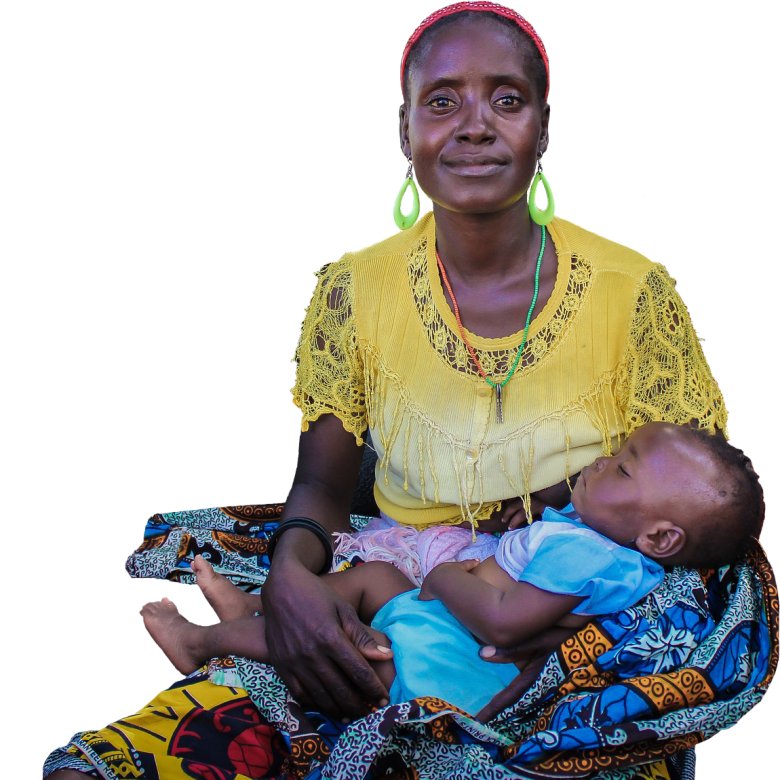The BCG vaccine works, so why do we need new TB vaccines?

BCG is one of the widest used paediatric vaccines globally, but with 10 million new TB cases each year, mostly in adults, new TB vaccines are urgently needed.
Find out what last year’s unprecedented TB vaccine efficacy trial results might mean for the future of the field.
Childhood BCG is good, but we can do better
Bacille Calmette-Guérin (BCG) is one of the widest used childhood vaccines. It is delivered to more than 100 million neonates globally each year, reaching a global coverage of more than 90%, and estimated to provide 85% (69-92%) protection against severe forms of paediatric tuberculosis (TB).
Unfortunately, paediatric BCG vaccination does not provide adequate protection against adult pulmonary TB. There were 10 million cases of TB in 2017, with adolescents and adults (≥15 years) making up 90% of the global burden. TB is now the largest single-pathogen cause of adult mortality.
The economic burden of global TB prevention, diagnosis and care in 2018 was estimated at an eye-watering US$10.4 billion, and antimicrobial resistant TB alone may cost US$16.7 trillion between 2014 and 2050.
A clear and urgent need exists for vaccines to reduce the burden of disease in adults. Projections from mathematical models suggest that a TB vaccine delivered to adolescents and adults could have a greater and more rapid impact on the global burden of disease than a new paediatric vaccine.
And in certain populations, such as the ageing epidemic in China, vaccines safe and efficacious in older adult and elderly populations will be needed, in particular, vaccines that can prevent development of disease in individuals who are already latently infected.
In the 100 or so years since BCG, no new prophylactic vaccines have been licensed. This is partly because TB vaccine development is not easy; the complex immunology, lack of correlate of protection and long latency period present a unique challenge. TB vaccine research has also been chronically underfunded.
However, given the global health need, the tuberculosis vaccine field needs to move forward with a sense of urgency, and in a strategic, data-driven way, to accelerate the development of TB vaccines for adolescent and adult populations.
Hope on the horizon, and what next…
New solutions for vaccination of adolescents and adults may be closer than we might think. 2018 saw unprecedented progress in the TB vaccine field, with two vaccines demonstrating positive efficacy results in phase IIB clinical trials.
Firstly, a new subunit vaccine (M72/AS01E), and, secondly, a repurposing of the existing BCG vaccine, this time delivered as re-vaccination to adolescents. This is the first time that two vaccines with scalable manufacturing have been successful in late-stage trials.
The M72/AS01E vaccine reduced confirmed pulmonary TB disease by 54% (95%CI, 3-78%) when given to latently infected adults in South Africa, Zambia and Kenya. Some may consider 50% vaccine efficacy low when compared to highly efficacious vaccines already on the market for other diseases (e.g. measles).
But preliminary modelling of a vaccine with characteristics similar to the phase IIB M72/AS01E results, and assuming 10 years duration of protection, suggest that such a vaccine rolled out in India from 2025 could reduce national tuberculosis incidence in 2050 by around 40%. This efficacy also meets the World Health Organization Preferred Product Characteristic of at least 50% vaccine efficacy.
For M72/AS01E, a large phase III trial to confirm and improve accuracy of efficacy estimates is now needed, including an exploration of possible signals of differential efficacy by age and gender. Ideally, efficacy will also be assessed in other important populations, such as uninfected populations, HIV-coinfected populations, and with broader geographical coverage.
The placebo-controlled adolescent BCG re-vaccination study in South Africa recruited uninfected adolescents (measured by IGRA), and was found to reduce sustained Mycobacterium tuberculosis infection by 45% (95% CI, 6-68%). Given BCG is already licensed, it could be rolled out immediately in adolescents.
However, this was a secondary trial endpoint and these findings were unexpected, given the literature on BCG revaccination has provided limited support for efficacy.
Therefore, the likely next step is a study to confirm the vaccine protects against infection in a larger trial. Looking ahead beyond a confirmatory study, trials are likely to estimate the efficacy of adolescent BCG revaccination for protecting against disease, and in other countries, especially given this is likely to be required by the WHO for a policy change.
What’s needed to accelerate progress?
TB vaccine development is slowed by the lack of a correlate of protection. Identification of a correlate could substantially speed up development of other vaccines in the pipeline (currently 12 in the clinical pipeline). Biobanks from both of the phase IIB studies will provide a plethora of data, potentially providing important insights in to correlates of protection, and accelerating progress across the pipeline.
Epidemiological modelling and health-economic research into the public health impact and value of tuberculosis vaccines has already informed data-driven decision making in vaccine development. But as the field evolves, tailored modelling research is needed to inform decision making by clinical triallists, funders and policy makers.
The recent phase IIB efficacy results are a significant breakthrough for the field. Clinical trials are an essential, but expensive, requirement to move these vaccines forward. Investment is urgently needed in this chronically underfunded field.
If successful in phase III, these vaccines could translate in to substantial global impact once rolled out. Every day more than 4,000 people die from TB – we need to do everything possible to accelerate trials and access for new TB vaccines, so that we can begin to drive down this unacceptable burden of TB.
